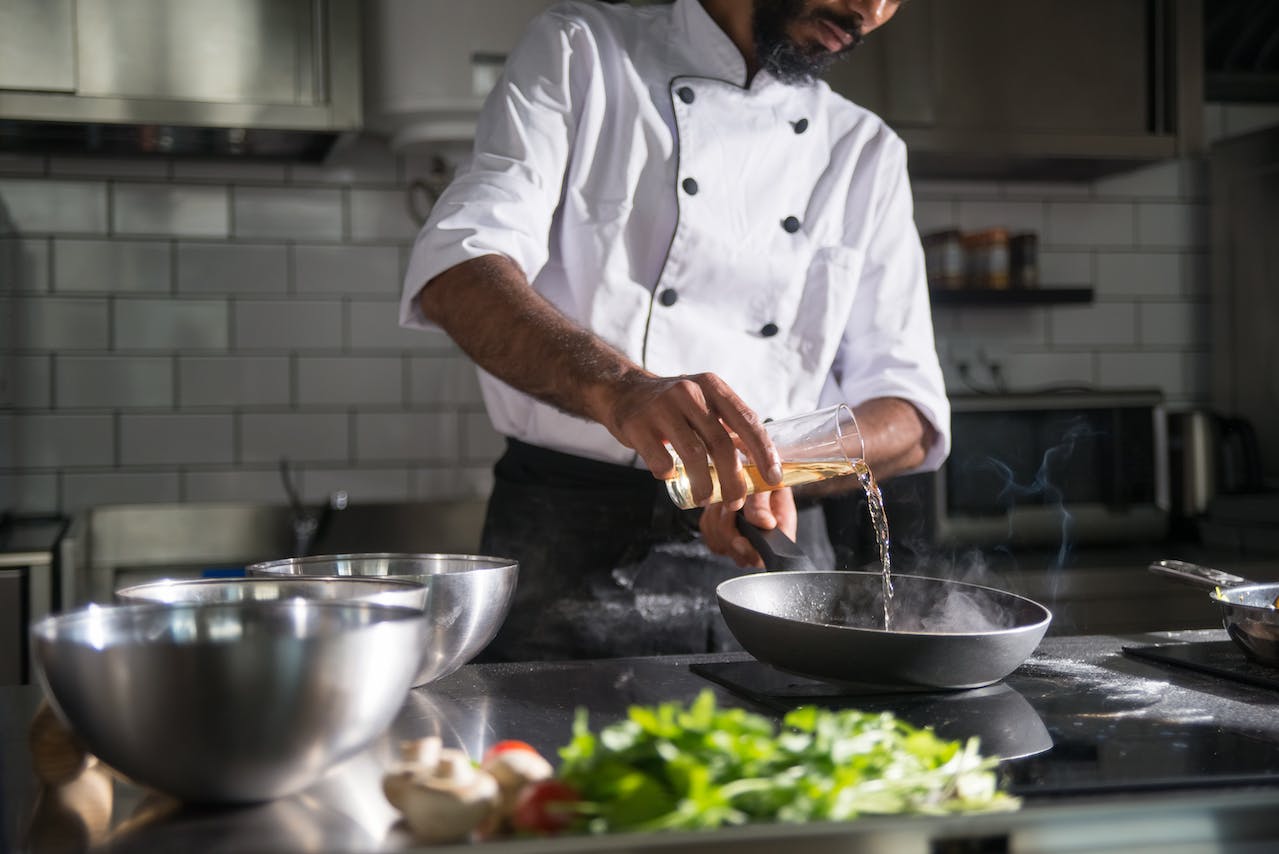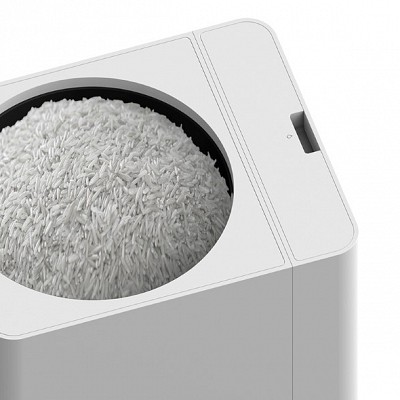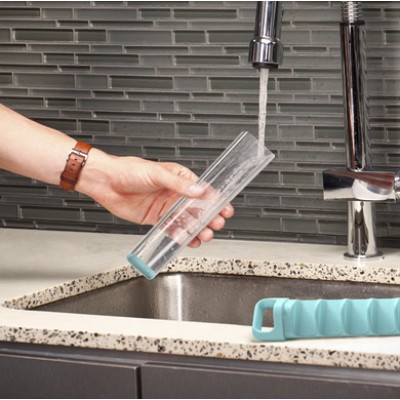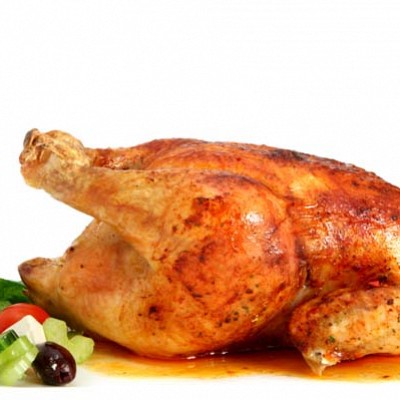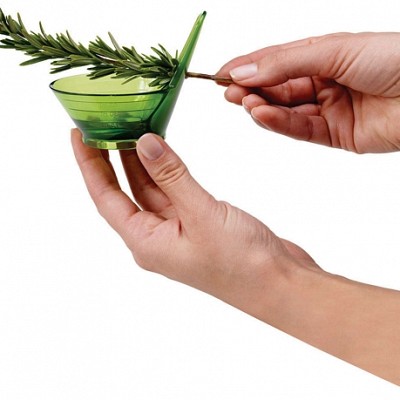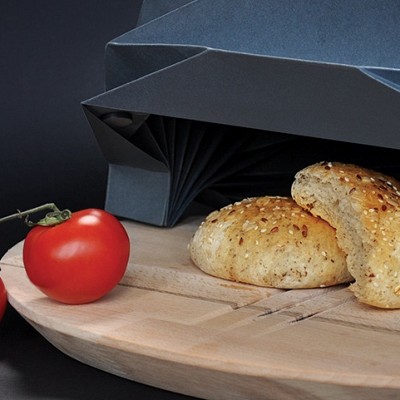Discover the best methods for storing cooking oil at home. Learn about different types of oils, optimal storage conditions, and how to extend their shelf life.
Properly storing cooking oils is important in any household, as it helps maintain the oils’ quality, taste, and nutritional value. Most kitchens contain various cooking oils, such as olive, vegetable, canola, and coconut oils, each serving different culinary needs. However, several factors can influence the storage of these oils, including temperature, light exposure, and oxidation. It’s crucial you understand the ins and outs of proper storage in your home to make the most of your cooking oils.
Selecting the Right Storage Containers and Materials
One essential aspect of storing cooking oil is to choose the appropriate container. Opaque, glass, or stainless-steel containers with tight-fitting lids are ideal. They help protect oils from light and air exposure, which can cause the oil to turn rancid. When browsing for suitable containers, look for ones made of food-grade materials to ensure the oil's quality and safety.
A question that might arise while looking for containers is how oils affect plastics. Some essential oils can degrade certain plastics, so it's best to avoid plastic storage containers or look for the plastics that can house your specific oils.
The Ideal Storing Location in Your Home
Temperature and light play crucial roles in maintaining the quality of your cooking oils. It’s ideal to store them in a cool, dark, and dry place, such as a pantry or a cupboard away from the stove or oven heat. Additionally, close the lid tightly after each use to prevent oxidation and prolong the oil's shelf life. Avoid storing cooking oils near windows or other areas that receive direct sunlight, as the sun's UV rays can trigger a process called photo-oxidation, leading to faster spoiling.
Creative Tips and Tricks for Extended Freshness
Rotating your cooking oils is a great practice to ensure their freshness. Use the older oils before opening new ones so that they only sit around briefly. Try your best to follow a first-in, first-out policy when it comes to oils to prevent spoiling. Labeling each container with the oil type and date of purchase can be helpful to keep track of their freshness.
Pouring a small quantity of your cooking oil into a separate container, such as a glass or stainless-steel oil dispenser, can make your daily cooking process more convenient while preserving the quality of the oil. Refill the dispenser only when needed, minimizing the oil's exposure to air and light.
The Dos and Don'ts of Storing Cooking Oils
To help you navigate the task of storing oils, here's a short list to summarize what you should do and avoid.
- Do opt for opaque, glass, or stainless-steel containers with tight-fitting lids.
- Don't use improper plastic containers that may degrade due to the potential effects of oil.
- Do store cooking oils in cool, dark, and dry locations.
- Don't keep them near heat sources or in direct sunlight.
- Do rotate your oils and label them with the date of purchase.
- Don't pour all the oil in a dispenser; only refill as needed.
Following these guidelines can help you effectively store and make the most of your cooking oils at home. In doing so, you ensure their quality, taste, and nutritional value remain intact for your culinary masterpieces. Embracing these storage strategies will help you extend the life and quality of your cooking oils, making every drop count for your cooking.


















